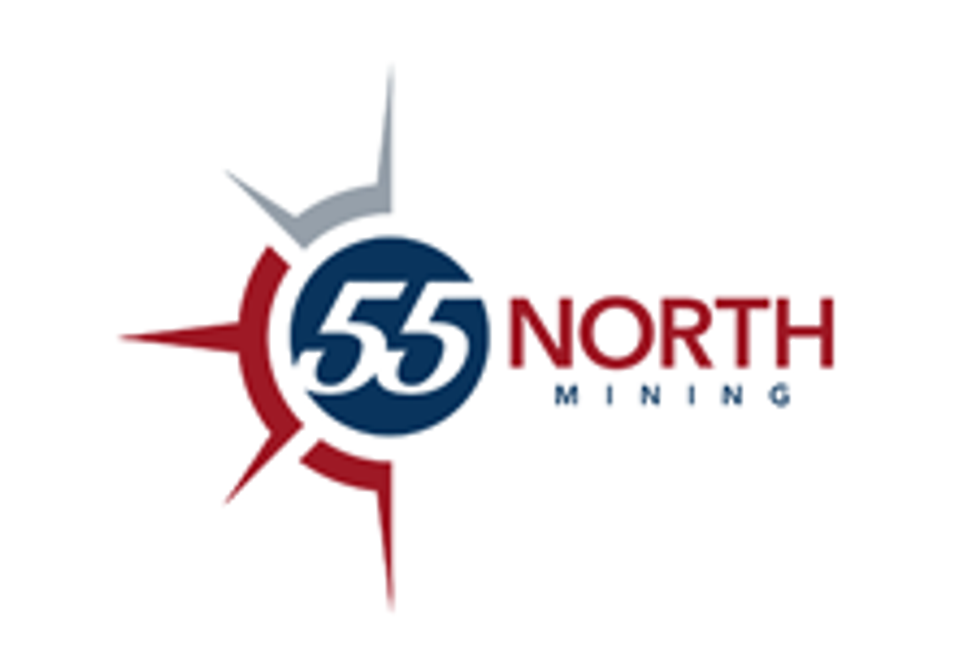Competitive Advantage: Investing in Diversified Mining Companies

Investing in diversified mining companies reduces risk while offering exposure to more profitable resource market segments
Financing and profits in the resource industry are intimately tied to fluctuations in the commodities markets for which they serve, something which is less of a hindrance for those investing in diversified mining companies.
A depressing outlook for copper demand can hinder an explorer in securing project funding, a brutal few years in nickel demand can hurt the profit margin for a producer. But if those companies have other projects targeting materials with robust markets, they can better absorb those hits. Portfolio diversification allows mining firms a crucial hedge against price declines, minimizing the risks associated with the fluctuating value of a given commodity. Investing in diversified mining companies is one way to manage the inherent ups and downs in commodities cycles.
Some of the world’s biggest miners are diversified miners, including BHP (ASX:BHP,NYSE:BHP,LSE:BLT), Freeport-McMoRan (NYSE:FCX) and Rio Tinto (LSE:RIO). Some global mining firms with a more pure play model have recently come around to the merits of portfolio diversification in mining, announcing plans to diversify their assets and their budgets into other metals; for example, Fortescue Metals (ASX:FMG), the world’s fourth largest iron producer, is considering a move into copper, gold and lithium.
While new era energy metal lithium is getting a lot of attention from the resource sector, other companies are recognizing the benefits to diversifying into traditional energy markets such as oil & gas in order to generate the cash flow needed to fund other exploration projects in their portfolio.
Merits of portfolio diversification in mining
Limiting your exposure to just one segment of an industry can have a negative impact on cashflow. Understanding that diversification is key to reducing that risk, Vale’s (NYSE:VALE) CEO Fabio Schvartsman set the world’s leading iron producer on a track toward diversifying its asset base using acquisitions and increased production to support that strategy. Schvartsman saw Vale’s dependency on iron ore as a potential threat to the company’s bottom line. “We are heavily dependent on iron ore, which is extremely volatile,” he said in an interview. “Carrying debt with this degree of volatility in our principal product is very dangerous.”
With a goal of diversifying cash generation and reducing dependence on iron ore, Vale has focused on expanding its footprint in the nickel, copper and cobalt markets to target China’s booming electric vehicle market. “We plan to continue to grow in iron ore while realizing more value from our existing assets, especially in base metals, where we think we have a big opportunity,” Schvartsman told China Daily. “We believe that our nickel, cobalt and copper will be positively affected by the development of new energy vehicles, especially in China.”
Schvartsman credits Vale’s 38 percent increase in net profit for 2017 partly to management’s efforts to reduce dependence on iron ore and improving cash flow generation through a more diversified asset base, “transform[ing] Vale into a predictable company.”
Perhaps one of the best examples of highly diversified resource miner is Anglo American (LSE:AAL). The major miner’s portfolio includes a broad range of metals and minerals including copper, diamonds, iron, manganese, nickel, phosphates and platinum group metals. In a strategy report on its asset portfolio, the company declared that “the primary source of competitive advantage in the mining industry is to own high quality assets in the most attractive commodities.” This guiding principle is the foundation for the company’s approach to delivering value to its shareholders which centers on a diversified portfolio that “take(s) advantage of opportunities across commodities, geographies and the mining value chain,” allowing Anglo American to navigate turbulent downturns while remaining profitable.
Companies taking a diversified approach in the junior mining space include Canadian Platinum (TSXV:CPC). The resource exploration company is building out a diversified portfolio of resource properties that cover gold, copper, zinc, nickel, cobalt and PGMs. What’s the benefit of this approach for an exploration and development-stage company? “The timeframe of actually getting a project into production takes something like 7 to 10 years on average. This makes it difficult to focus on one particular type of resource or ‘flavor of the month’ for any extended period of time and still be able to raise the funds necessary to establish and develop that resource,” Gary Billingsley, President and CEO of Canadian Platinum, told Investing News Network. “In other words, it’s tough to get the timing right. Having a diversified portfolio gives a company a better chance at surviving falling prices in one commodity and being able to take advantage of rising prices in another commodity.”
Funding exploration through oil- and gas-generated cashflow
In the context of exploration and development, portfolio diversification is a good strategy for junior resource companies especially when challenging financing environments make it difficult to access project-funding capital. Diversification can improve working capital and increase cash flow, replenishing one asset in the portfolio from cash generated by another. One approach to this strategy involves primarily metals companies supporting their exploration and development activities by acquiring cashflow opportunities in the oil & gas sector.
“This is not a new idea,” says Billingsley, whose management team has experience with using oil & gas cashflow to survive tough mining markets and support the development of mineral resources all the way to production. “This approach can reduce a company’s reliance on the equity markets to carry out mineral exploration and pay the administration costs inherent in running a public company. Having positive cashflow should also have a positive impact on share price.” Canadian Platinum recently signed an agreement to acquire substantial near-term cash-generating natural gas reserves in the Barnett Shale, Texas.
Larger mining companies are also diversifying into the oil & gas sector, including Teck Resources (NYSE:TECK,TSX:TECK.B), the largest diversified resource company in Canada. The company — whose main assets are in coal, copper and zinc — joint ventured on the massive Fort Hills oil sands project in Alberta’s Athabascan region.
Investing in diversified mining companies
Resource companies with diverse metals portfolios are better positioned to ride the challenging ebb and flow of the commodities cycles. For shareholders, investing in diversified mining companies reduces risk while granting access to the width and breadth of the metals and minerals markets space, offering exposure to a number of opportunities rather than the limited scope of a single sector focused investment.
This article was originally published by the Investing News Network in September 2018.
This INNSpired article was written as part of an advertising campaign for a company that is no longer a client of INN. This INNSpired article provides information which was sourced by INN, written according to INN's editorial standards, in order to help investors learn more about the company. The company’s campaign fees paid for INN to create and update this INNSpired article. INN does not provide investment advice and the information on this profile should not be considered a recommendation to buy or sell any security. INN does not endorse or recommend the business, products, services or securities of any company profiled. If your company would benefit from being associated with INN's trusted news and education for investors, please contact us.





